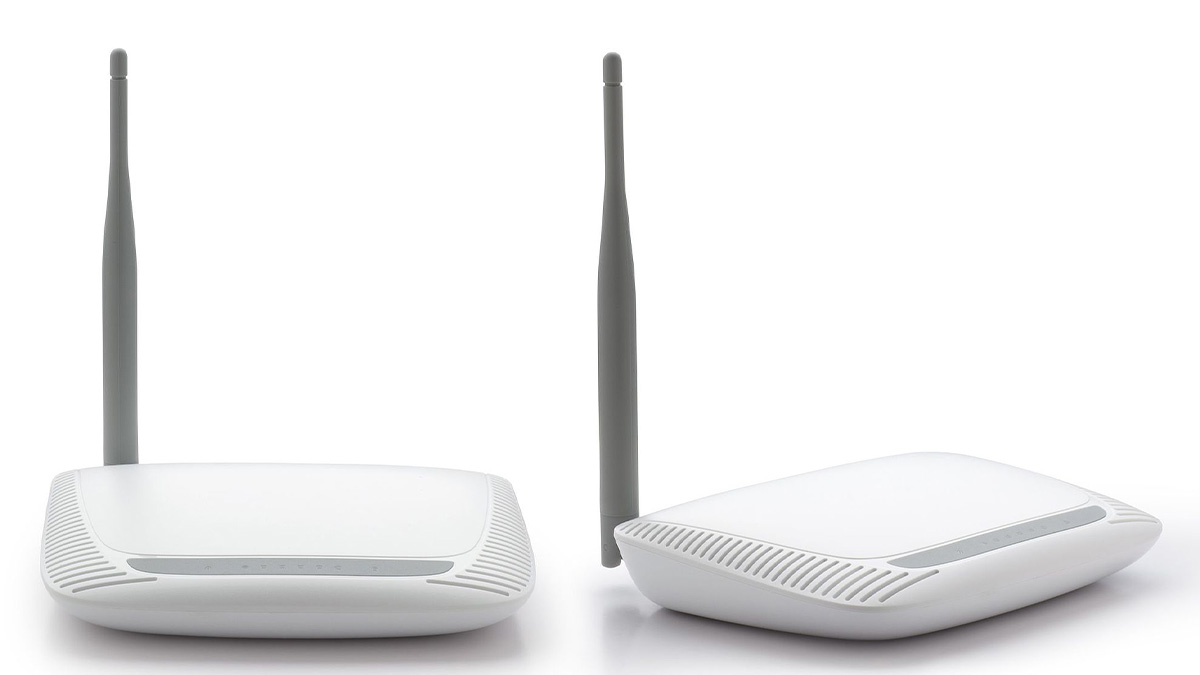- Showing results for
- Consumer Electronics
Smart TVs have revolutionized home entertainment by incorporating advanced technology and connectivity features that offer a wide range of features beyond traditional viewing. They integrate streaming services, apps, web browsing, and smart home control, transforming them into multimedia hubs. Smart TVs have also significantly influenced the gaming industry, with gaming consoles and advanced displays that offer dynamic entertainment experiences.
2024-12-24 14:08:33
In recent years, developed nations have initiated comprehensive power grid upgrade initiatives. In line with its commitment to energy conservation and carbon reduction policies, Taiwan has advanced the implementation of Automated Metering Infrastructure (AMI) as part of its national energy-saving strategy. The plan encompasses the integration of 4G/5G and other communication industries. The noteworthy progress in the development and integration of smart grid applications with 5G communication technology represents a significant industrial advancement deserving of attention.
2023-12-07 10:48:42
In today's rapidly evolving landscape of remote work and small office/home office (SOHO) setups, office connectivity is undergoing a profound revolution. SOHO professionals often grapple with various challenges, including the need to seamlessly control multiple PCs using a single set of peripherals. With a range of cutting-edge developments, Rextron International Inc. is reshaping the dynamics of productivity and efficiency in SOHO work environments.
2023-11-17 16:17:17
Capacitors are used in AC circuits and pulse circuits. In DC circuits, capacitors generally play the role of blocking DC.
2022-11-01 13:31:04
The AC voltage is stepped down to the proper AC voltage through a transformer.
2022-09-28 15:10:24
Electronic components are the basic components combined together to make complete electronic products. Understanding the functions, types, structures, and properties of commonly used electronic components is fundamental to understanding electronic technology.
2022-06-14 15:30:43
Manufacture all related machinery and design, replace manpower with mechanization, fully reduce personnel costs and increase efficiency, the upstream part is mostly component suppliers, the downstream is the manufacture of terminal machinery products, most of them are engaged in industrial machinery, responsible for assisting other industries in manufacturing and work.
2022-05-25 11:08:57
Passive components are components found in electronic products that consume rather than generate energy, such as resistors, capacitors, and inductors. Trillions of these common basic components are manufactured every year. They are cheap to manufacture, and can be produced using a large variety of materials. Most are general-purpose types, but some are specially designed for niche markets.
2022-05-23 09:28:28
During the first half of 2022, the consumer electronics market has been affected by changes in home economic practices, the epidemic in China, international tensions, and high inflation. On top of this being the traditional off-season, the demand for items such as PCs, laptops, TVs, and smartphones has cooled significantly.
2022-05-05 14:54:01
Even if the epidemic slows down, video conferencing will have the opportunity to become the new normal in the future. Although the relevant system equipment manufacturers have suffered the impact of the epidemic, they are actively grasping the turning point of the industry.
2022-04-22 09:02:12
Governments are actively promoting the development of regional semiconductor supply chains. AI combines emerging technologies and applications such as the Internet of Things, automotive electronics, and compound semiconductors to drive the growth momentum of the semiconductor industry.
2022-04-01 16:42:17
The unmanned aerial vehicle, (UAV) commonly called a drone, is small in size but can be equipped with numerous functional capabilities. UAVs can be used to replace people in performing unpleasant, dull, and dangerous tasks. By improving execution efficiency and reducing risk to operators, they can take advantage of these features to expand the range of market applications.
2022-01-25 13:11:32
The Electronic Manufacturing Service (EMS) industry is moving towards advanced manufacturing and improving supply chain resilience management models. Actively enhancing the resilience of manufacturing and global supply chains will create a new era of manufacturing in Taiwan.
2022-01-13 15:27:42
All electronic products must use the Printed Circuit Board (PCB) to fix the integrated circuit (IC) and other electronic components, and all the integrated circuits and electronic components with different functions are connected with thin copper wires to provide a stable working environment so that electronic signals can circulate between different electronic components.
2021-12-20 13:59:33
The size of the consumer electronics market was worth US$1 trillion in 2019 and is expected to grow at a compound annual growth rate of more than 7% between 2020 and 2026. Industry participants continue to invest in the research and development of new consumer electronics products, including smartphones, smart wearable devices, and home appliances, which will drive market growth.
2021-06-22 17:17:37
Agree















